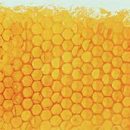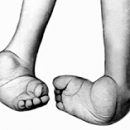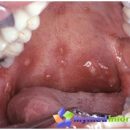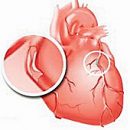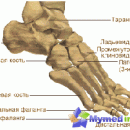The protrusion of the intervertebral disc is a small intervertebral hernia, in the treatment of which it is possible to complete the restoration of the intervertebral disk within its anatomical boundaries. When the intervertebral disk prolapse (true intervertebral hernia), the pulpous kernel goes into the clearance of the vertebral channel irreversibly. It follows from this that the treatment of the protrusion is much easier and takes less time than the treatment of the intervertebral disk prolapse.
Protrusion size ranges from 1 mm to 5 mm.
Content

Causes of prolusy formation
The same as in the prolapse of the intervertebral disk:
- Fixed lifestyle
- Lifting weights
- Non-compliance with labor and recreation
- Endocrinological diseases
- Professions with a forced tilt of the body (surgeon, hairdresser)
- Spinal curvature
Almost
Each intervertebral hernia passes the step of the protrusion.
Protrusions more often than prolaps
Discs are formed in the thoracic spine and in all spinal deposits
In case of Sheerman Mau.
Symptoms of the protrusion of the intervertebral disk
Due to small
Pulp nucleus protrusion usually missing remote symptoms. So when
protrusions of the lumbar spine most characteristic pain in the lower back
and less often there are remote symptoms, such as pain in the leg, foot and fingers
feet. However, with an anatomically narrow vertebral channel, a small protrusion
can behave like a big intervertebral hernia. So, for example, the protrusion 5
mm in the spinal channel 11 mm will behave like an intervertebral hernia 10 mm.
Protrusia
The cervical spine
The cervical spine

Clinical flow of protrusions
The cervical spine differs from the course of this disease in the breast
and lumbar spine. This is associated with a relatively small
The size of the spinal canal at the level of the cervical spine and so that
At this level there are vessels that feed the oxygen of the brain.
Spine often use the coefficient of 2. So, the protrusion is 4 mm in the cervical
The spine is comparable to 8 mm intervertebral hernias in lumbar
Department of Spine. Maximum absorbency of the intervertebral disk in
The cervical spine is 7 mm, when sequential hernia can reach
9-10 mm.
- 1 mm — Little protrusion
- 2 and 3 mm — The average size of the protrusion
- 4 mm and a larger protrusion size or intervertebral disk prolapse
Starting from size 2 mm, protrusion
The cervical department gives remote symptoms of the disease:
- Numbers of fingers
- Pain in the shoulder
- Pain in hand
- Headaches
- Dizziness
- Pressure jumps
- Pain under the blade
Treatment of cross-disc protrusion
Treatment of protrusion ne
Differs from the treatment of an intervertebral disk prolapse. Quickly succeed
Remove pain syndrome and restore the mobility of the vertebral segment.
However, due to the rapid health restoration and lost functions, full
Removal of pain syndrome, most patients are unreasonable
Easy attitude to your disease. Some patients do not fulfill data
recommendations, which ultimately leads to the progression of disease and development
intervertebral disk prolaps, which can lead patient to irreversible
Consequences and vertebrogenic disability. When performing all recommendations
In 95% of cases there is a decrease in the size of the protrusions and the full recovery
Health.

